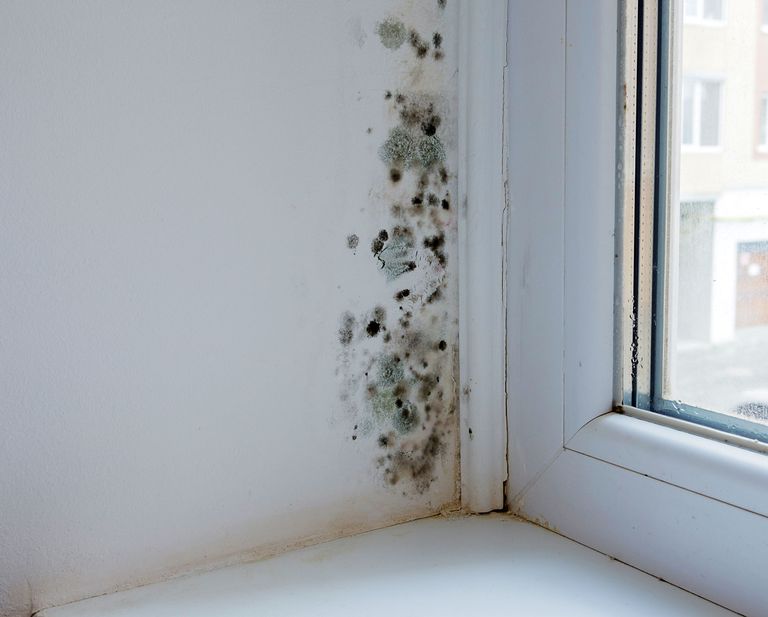Understanding Mold Remediation
What is Mold Remediation?
Mold remediation involves the removal, cleaning, and treatment of mold-infested areas to restore a healthy environment. It's more than just scrubbing away visible mold; it includes identifying and addressing the underlying causes of mold growth.
Common Causes of Mold Growth
Mold thrives in moist environments. Common causes include:
- Leaky roofs or pipes
- High humidity levels
- Poor ventilation
- Flooding and water damage
The Need for Professional Mold Remediation
Risks of DIY Mold Removal
While DIY mold removal might seem cost-effective, it often leads to incomplete removal and potential health risks. Disturbing mold without proper containment can spread spores, worsening the problem.
Benefits of Hiring Professionals
Professionals have the expertise, equipment, and techniques to effectively contain and remove mold. They ensure the safety of your home and health by preventing cross-contamination.
Initial Assessment and Inspection
Identifying Mold-Affected Areas
Professionals start with a thorough inspection to identify all mold-affected areas, including hidden and hard-to-reach spots.
Evaluating the Extent of Mold Infestation
Understanding the extent of mold infestation helps in planning the remediation process and determining the level of containment required.
Setting Up Containment Zones
Importance of Containment Zones
Containment zones are crucial to prevent mold spores from spreading during remediation. They create a controlled environment where mold can be safely removed.
Types of Containment Zones
- Source Containment: Used for small areas with minor mold growth. It involves isolating the immediate area around the mold.
- Full Containment: Used for extensive mold growth. It involves sealing off entire rooms or sections of the building.
Using Negative Air Pressure
How Negative Air Pressure Works
Negative air pressure prevents mold spores from escaping the containment zone. It involves creating a vacuum effect that directs airflow into the contaminated area and through HEPA filters.
Equipment Used for Negative Air Pressure
Professionals use specialized equipment like air scrubbers and negative air machines to maintain negative pressure and filter out mold spores.
Sealing Off HVAC Systems
Preventing Mold Spread through HVAC Systems
HVAC systems can easily circulate mold spores throughout a building. Sealing off these systems is essential during remediation.
Methods to Seal HVAC Systems
- Using plastic sheeting and tape to seal vents and ducts
- Employing HEPA filters on HVAC units to trap mold spores
Personal Protective Equipment (PPE)
Types of PPE for Mold Remediation
Professionals use PPE such as:
- Respirators
- Gloves
- Goggles
- Full-body suits
Importance of PPE for Safety and Containment
PPE protects workers from inhaling mold spores and prevents cross-contamination to other areas.
Employing HEPA Filters
Role of HEPA Filters in Mold Remediation
HEPA filters capture 99.97% of airborne particles, including mold spores, ensuring clean air during and after remediation.
Different Types of HEPA Filters
- Portable HEPA Air Scrubbers: Used within containment zones
- HEPA Vacuums: For cleaning surfaces and materials
Safe Removal and Disposal of Contaminated Materials
Procedures for Safe Removal
Contaminated materials are carefully removed to avoid spreading spores. Items are often double-bagged and sealed before disposal.
Disposal Methods for Mold-Infested Materials
Materials are disposed of according to local regulations, often in specialized landfill sites.
Cleaning and Disinfecting the Area
Effective Cleaning Agents
Professionals use EPA-approved biocides and cleaning agents to kill mold spores and disinfect surfaces.
Steps for Thorough Disinfection
- Scrubbing surfaces with biocide solutions
- Using HEPA vacuums to remove spores
- Applying sealants to prevent future mold growth
Monitoring and Air Quality Testing
Importance of Post-Remediation Testing
After remediation, air quality testing ensures that mold spores have been effectively removed and that the environment is safe.
Methods for Air Quality Testing
- Air sampling
- Surface sampling
- Moisture level measurement
Preventive Measures Post-Remediation
Tips to Prevent Future Mold Growth
- Fix leaks promptly
- Use dehumidifiers in humid areas
- Ensure proper ventilation
Regular Maintenance and Inspections
Regular inspections and maintenance can catch early signs of mold growth, preventing larger infestations.
Common Mistakes to Avoid During Mold Remediation
Ineffective Containment Practices
Failing to set up proper containment zones can lead to mold spread.
Ignoring Hidden Mold
Overlooking hidden mold behind walls or under floors can result in incomplete remediation.
Conclusion
Professional mold remediation is a meticulous process designed to ensure that mold does not spread to unaffected areas. From initial assessment to post-remediation testing, each step is crucial in maintaining a healthy environment. By understanding and implementing these measures, professionals in San Antonio effectively contain and eradicate mold, protecting both property and health.
FAQs
What should I do if I find mold in my home?
Contact a professional mold remediation service to assess and handle the situation safely and effectively.
How long does the mold remediation process take?
The duration varies depending on the extent of the infestation, typically ranging from a few days to a couple of weeks.
Can mold come back after remediation?
If the underlying moisture issue isn't addressed, mold can return. Preventive measures and regular inspections are essential.
Is mold remediation covered by insurance?
Coverage depends on your insurance policy and the cause of the mold. It's best to check with your insurance provider.
How can I prevent mold growth in high-humidity areas?
Use dehumidifiers, ensure proper ventilation, fix leaks promptly, and clean regularly to prevent mold growth.

